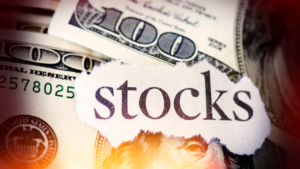On Thursday, gold prices stayed basically range-bound as investors exercised caution ahead of the forthcoming U.S. Non-Farm Payrolls (NFP) report, which might provide the next major indication for the direction of the yellow metal. Due on Friday, the report is mostly likely to affect the monetary policy posture of the Federal Reserve, so it is a focus of both traders and investors.

Gold has been bouncing inside a limited range while trying to identify a clear trend among ambiguity on the U.S. job market and its consequences for interest rates. Reflecting a lack of strong conviction among market players, who are expecting more definitive economic data, the spot price hovered about $1,820 per ounce.
Recent remarks made by Federal Reserve officials have left markets divided on the course of further interest rate increases. Although some politicians have suggested a possible stop, the general view is still mostly dependent on evidence. A higher-than-expected NFP number might support the argument for ongoing tightening via downward pressure on non-yielding assets such as gold. On the other hand, declining employment figures could revive expectations of a milder Fed approach, which would be favorable for gold as a safe-haven asset.
Apart from U.S. labor statistics, the movement of the dollar has been crucial for the current price behavior of gold. For holders of other currencies, a strong dollar typically increases the value of gold, therefore limiting demand. Any indication of economic weakness in the jobs report, though, might cause the greenback to weaken, therefore lifting bullion.
The market is currently in wait-and-see mode; traders are reluctant to commit large quantities before the pivotal employment data. Whether the labor market data speaks to further resilience or indications of cooling—both of which have significant ramifications for inflation and interest rates—may determine much of a breakout from the current range.
With the NFP data hanging over us, everyone is focused on the possible effects on the currency and Treasury rates, which would then determine the short-term fate of gold.














